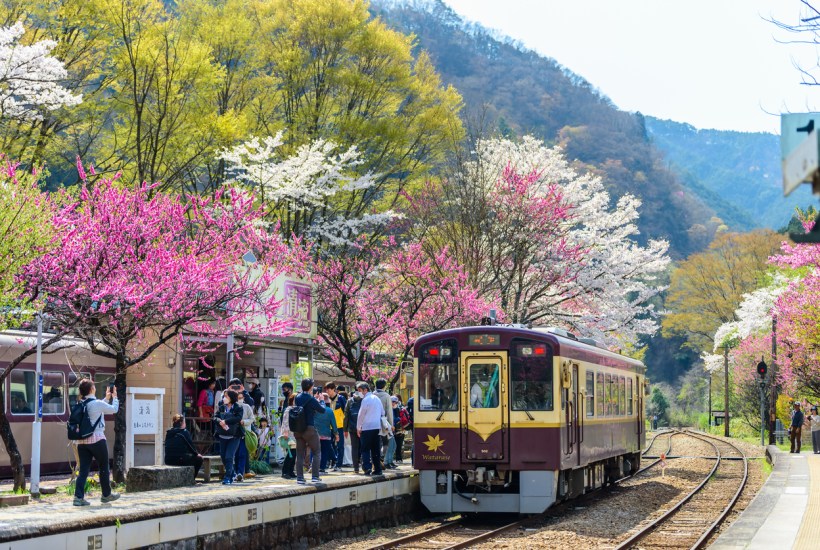With six more months of train strikes recently announced it is getting hard to imagine a punctual, anxiety-free railway journey in the UK. Over in Japan it’s hard to imagine the opposite. Japan is one of those blessed countries where people understand the value of a modern, reliable, affordable and extensive railway network.
Already a subscriber? Log in
Subscribe for just $2 a week
Try a month of The Spectator Australia absolutely free and without commitment. Not only that but – if you choose to continue – you’ll pay just $2 a week for your first year.
- Unlimited access to spectator.com.au and app
- The weekly edition on the Spectator Australia app
- Spectator podcasts and newsletters
- Full access to spectator.co.uk
Or




















Comments
Don't miss out
Join the conversation with other Spectator Australia readers. Subscribe to leave a comment.
SUBSCRIBEAlready a subscriber? Log in